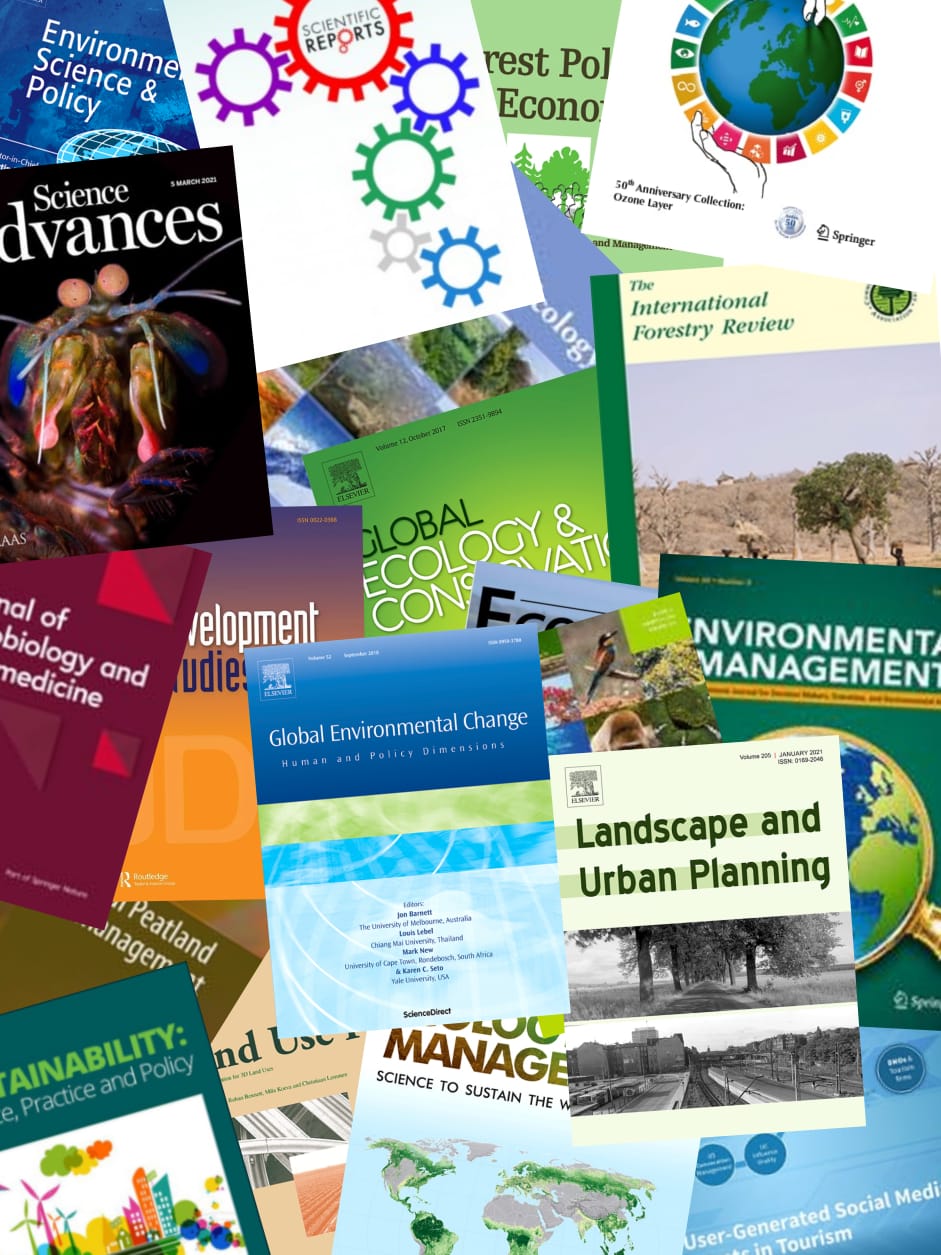Aim: To analyse the conservation status of tropical dry forests at the global scale, by combining a newly developed global distribution map with spatial data describing different threats, and to identify the relative exposure of different forest areas to such threats. Location: Global assessment. Methods: We present a new global distribution map of tropical dry forest derived from the recently developed MODIS Vegetation Continuous Fields (VCF) product, which depicts percentage tree cover at a resolution of 500 m, combined with previously defined maps of biomes. This distribution map was overlaid with spatial data to estimate the exposure of tropical dry forests to a number of different threats: climate change, habitat fragmentation, fire, human population density and conversion to cropland. The extent of tropical dry forest currently protected was estimated by overlaying the forest map with a global data set of the distribution of protected areas. Results: It is estimated that 1,048,700 km super(2) of tropical dry forest remains, distributed throughout the three tropical regions. More than half of the forest area (54.2%) is located within South America, the remaining area being almost equally divided between North and Central America, Africa and Eurasia, with a relatively small proportion (3.8%) occurring within Australasia and Southeast Asia. Overall, c. 97% of the remaining area of tropical dry forest is at risk from one or more of the threats considered, with highest percentages recorded for Eurasia. The relative exposure to different threats differed between regions: while climate change is relatively significant in the Americas, habitat fragmentation and fire affect a higher proportion of African forests, whereas agricultural conversion and human population density are most influential in Eurasia. Evidence suggests that c. 300,000 km super(2) of tropical dry forest now coincide with some form of protected area, with 71.8% of this total being located within South America. Main conclusions: Virtually all of the tropical dry forests that remain are currently exposed to a variety of different threats, largely resulting from human activity. Taking their high biodiversity value into consideration, this indicates that tropical dry forests should be accorded high conservation priority. The results presented here could be used to identify which forest areas should be accorded highest priority for conservation action. In particular, the expansion of the global protected area network, particularly in Mesoamerica, should be given urgent consideration.
View source

